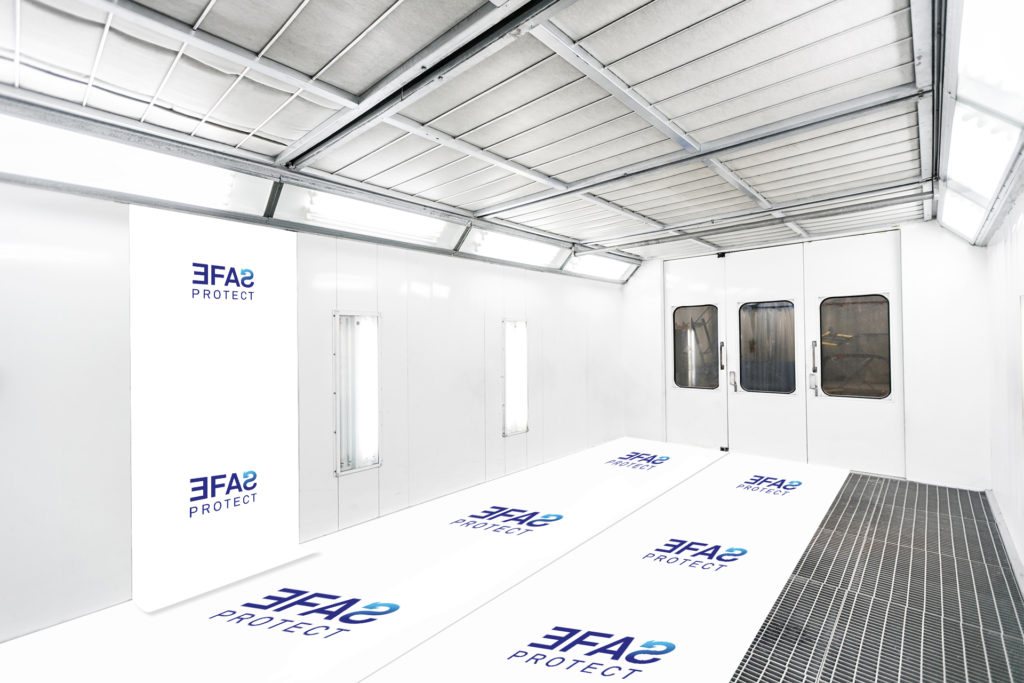Flame Retardant vs. Flame Resistance
Though definitions are frequently used interchangeably in the industry, flame retardance refers to the ability of the treated substrate to retard or resist flame over a specified period of time.
Flame retardant materials have been chemically treated to slow burning across the surface of a combustible substrate (Firetect). Simply put, flame retarding chemicals impart “flame resistance” on a substrate.
Fire resistance is a characteristic that refers to the ability of a substrate to resist flame. Flame resistance is tested and rated according to TAPPI standards and NFPA guidelines. A host of different specifications can rate substrates as flame proof to resistant.
TAPPI test method T 461 cm-00 measures the resistance to flaming under specified test conditions in terms of flaming time, glowing time and char length. The NFPA recommends a maximum 6” char for paper and paperboard products for flame resistance.
Our Easy Kleen roller is milled to meet or exceed specifications as tested by TAPPI methods in T461cm-00. Easy Kleen Flame Retardant roll has a 4” char.
Easy Kleen have not been treated for flame resistance. The combustibility of particulate accumulation in the filter is measured by the coating. The coating, regardless of filter media, determines the fire hazard. When paint arrestors are susceptible to the accumulation of combustible deposits, it is intended that maintenance and inspection practices should be followed as proposed in NFPA 90A.


